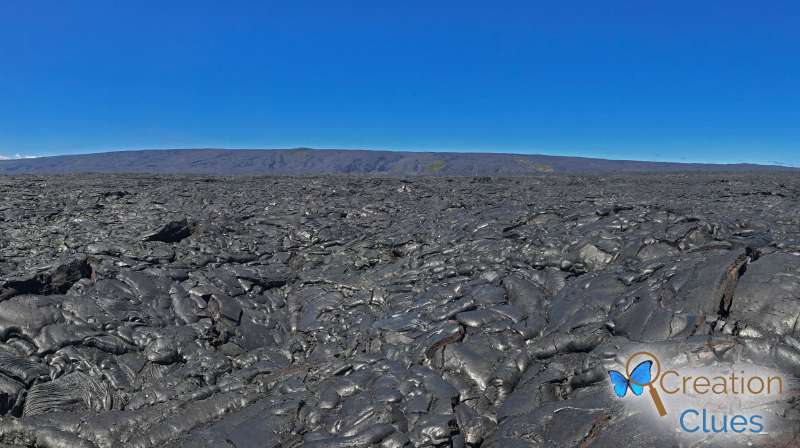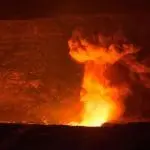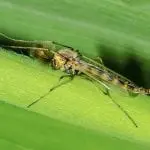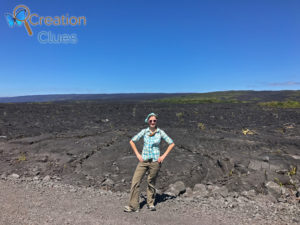
The luscious green canopy of trees suddenly turned into a desert-like terrain. Shiny black landscape glistened in the mid-day sunlight. Rolling, lumpy black land stretched on for many miles. The light dotting of trees and small shacks soon disappeared. It was hot and dusty along the road. Looking around, on one side I could see the ocean stretching out on the horizon, as the land ended abruptly in cliffs. On the other side, the black, hardened billows of hardened lava rolled down the side of the volcano, frozen in its tracks. The road ahead promised more miles of this yet to come. Walking along the hardened lava flows, what struck me the most was their young age. Fifty years ago, these rocks I was standing on did not exist.
Hawaii is a truly incredible place where we can see the science of geology in action. Here, we can vividly see all three main types of science in action. These three types of science are 1) observational science, 2) historical science, and 3) predictions. Let’s explore each of these on the Hawaiian Islands
1) Observational Science
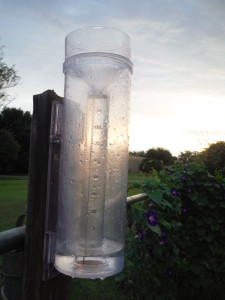
This is basically using our senses to gather information about the world around us. Any time we see, hear, touch, smell, or taste something using our five senses, we are making an observation. Of course, our senses can be a bit limited (we can’t touch the stars and it’s hard to feel when it’s exactly 75.23° F outside) so we also use many tools to stretch our sensing ability. We use telescopes, thermometers, radars, and countless other tools that help us observe things. Observations are the hard facts of science. These facts are repeatable and testable. People have actually seen flowing lava in Hawaii and taken pictures of it in action. There is so much we can observe about the geology of Hawaii – seismologists can measure earthquakes and see how they relate to eruptions. The Big Island is still an active volcano, and we can see the next volcano forming southwest of Hawaii, still underwater. They call it Lo’ihi.
2) Historical Science
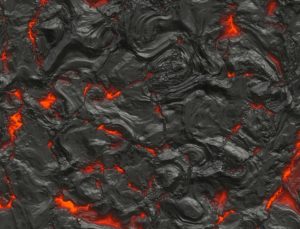
This type of science isn’t as black & white as observational science. While we can measure and observe volcanoes on the Big Island today, all the other Hawaiian islands are extinct volcanoes. We were not there to observe those volcanoes (or at least, not in the way we make scientific observations on the Big Island today). This is where “educated guess” work comes in. It’s where science and history start to blend, and each person’s world view, or basic beliefs, have a big influence. To some extent, we can “guess” that some things happening on Hawaii today must have happened to the other islands, but we weren’t there to actually observe it and the farther back in history we go, the less reliable our guesses are. Most of the ages you will hear of Hawaii are way over estimated – there are many good reasons to be skeptical of the radioisotope dating methods used on Hawaiian rocks (read more about radioisotope dating here). To learn more about the history and formation of Hawaii, you can read our previous article Birth of Hawaii
3) Predictions
Similar to historical science, predictions try to “stretch” observations, only prediction tries to guess what will happen in the future based off what we observe happening in the present. The best part about predictions is that we can test them by making new observations when the time comes, like testing weather predictions. For example, seismologists can predict how soon a new eruption will happen. An example of long-term prediction is about the development or extinction of Hawaiian volcanoes. On the Big Island, newer lava rock has a slightly different chemistry than some of the previous lava flows. Since that chemistry looks more similar to the chemistry of the rocks on the older volcanoes, geologists think that the Big Island volcanoes are working toward becoming extinct and getting replaced with an “upcoming” island, Lo’ihi. This is a prediction, or a “guess” we can make based on observations. Like historical science, some prediction models are good and others are not.
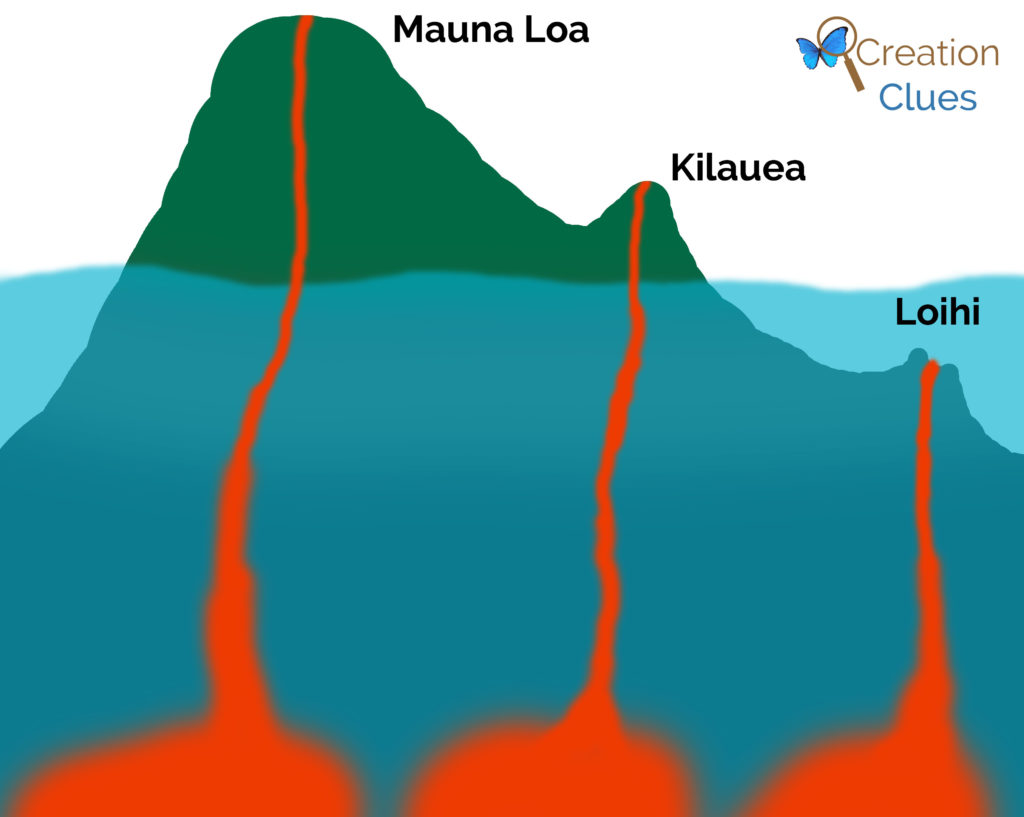
On Hawaii, we can practice all three types of science – we can observe things happening in the present and make educated guesses about the past and future. Much as we would like to know everything about the past and future, we really are only given today. Scientists are merely groups of people, and science is a lot like life – all you have is today. Memories of the past are limited and we tend to forget things over time. We can make guesses and assume things about the future, but we aren’t promised tomorrow and never know when life will include some major changes. If you have a relationship with the Lord of all, God will give you the grace you need for each day – worrying about the future or regretting the past is worse than “educated guess” historical science and predictions. Worrying about scientific, political, or personal predictions and history brings to mind the words of the old hymn, Day By Day, reminding us that the Lord gives us whatever we need for each day
“ . . . as thy days, thy strength shall be in measure” ~ Day By Day
©2017, Sara J. Mikkelson
References:
- Hazlett, Richard. Hyndman, Donald. Roadside Geology of Hawaii. 1996. Sixth printing, April 2015. Mountain Press Publishing Company. Missoula, Montana. USA
- Hymn: “Day By Day”. Words: Karolina Wilhelmina Sandell-Berg, 1865; translated from Swedish to English by Andrew L. Skoog (1856-1934). Based off 2 Corinthians 4:16 and Deuteronomy 33:25. Music: “Blott en Dag,” Oskar Ahnfelt, 1872

